“When you see your neighbor going down, you have to think about yourself. And if you don’t go over there and put that fire out — help your neighbor put that fire out — then the fire is coming to you. No matter what the problems are.”–Tommy Stephens, owner of the Raven Lounge, from the movie Detropia.
I was in Cleveland’s Slavic Village with fellow Clevelander Jim Rokakis, a veteran of the foreclosure crisis, looking at a house with no windows or doors. Behind me, a middle-aged black woman in hospital scrubs called out from her front porch.
“Is that thing coming down?” she asked.
I told her I didn’t know, then asked if there was a lot of criminal activity going on inside it. She stared, saying: “The look is criminal enough”.
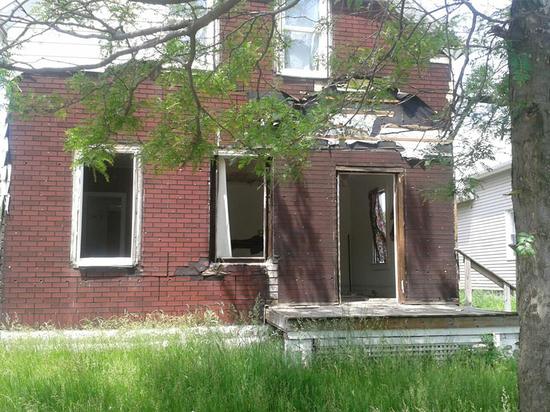
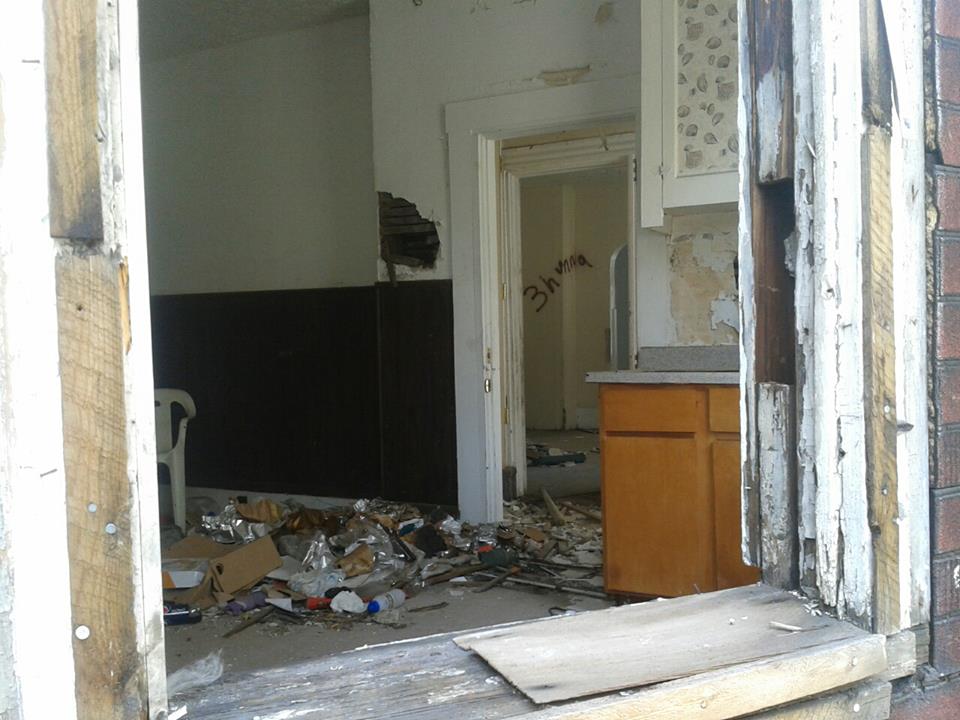
Of course it shouldn’t be this way. There shouldn’t be so much decay. This is America: the land of milk and money. But it is this way, and without national leadership, the housing crisis in the industrial heartland is unlikely to stop.
No doubt, locals can only do so much, but they are trying. Take Rokakis, who is currently acting director of the Thriving Communities Institute. Rokakis saw the foreclosure crisis coming, noting the extent fly-by-night mortgage groups were saturating the city back in early 2000’s. So, as Cuyahoga County Treasurer, he convened a conference on predatory lending at the Federal Reserve in attempt to persuade then-Chairman Alan Greenspan to act. But this was the beginning of Bush’s “ownership society,” and so Greenspan did nothing. Rokakis then persuaded Cleveland, Dayton, and Toledo to adopt anti-predatory lending ordinances in 2002 so as to provide a local stopgap, but the banking lobby got the ordinances invalidated by the Ohio state legislature, with a law passed specifying that only the state could regulate banking. Alas, officials in Columbus didn’t do a very good job.
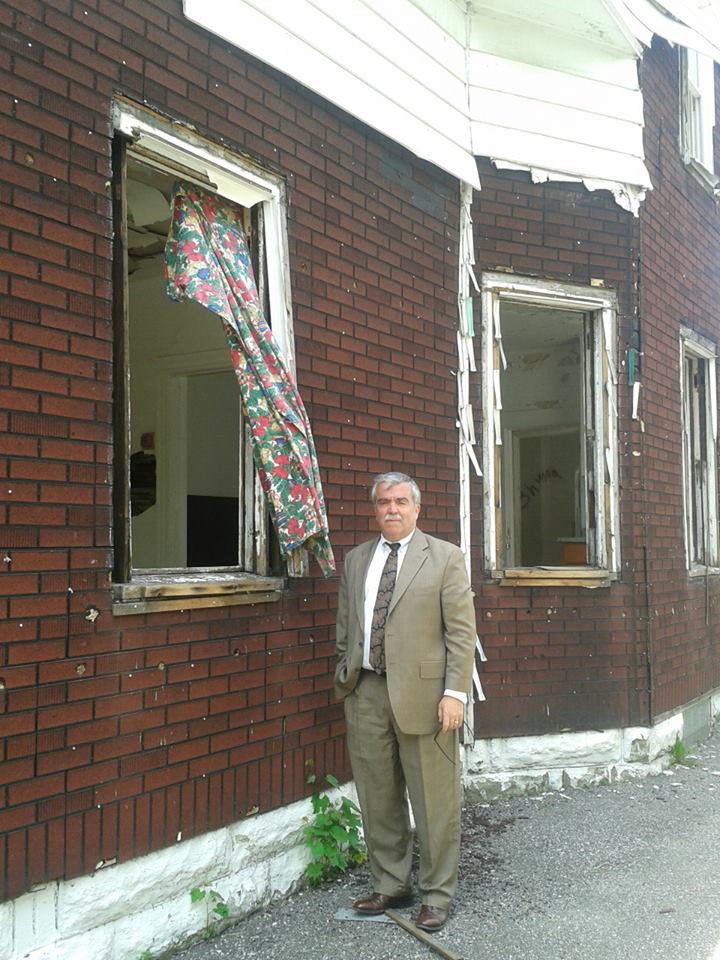
On the night of March 15, his 78th birthday, [Krasucki] thought he heard vandals prying the aluminum siding off his house, where he had lived for 40 years. Looters had already ransacked his neighbor’s abandoned property — a fate that awaits the majority of foreclosed houses in cities such as Cleveland. When Joe went outside to investigate, a gang of teenagers beat him so severely that he died a week and a half later.
In that respect, vacancy is a magnet, because though it’s conceived as an emptiness of something, it is anything but, instead filled with many things you wouldn’t want to live next to: prostitution, drug use, theft, assault, arson, let alone the feeling you get just by looking at a home rot, or else get scavenged to pieces. It is a real feeling, a thickness, one that filled both Rokakis and myself as we walked Slavic Village to see a cycle of decline that hasn’t yet stopped, as vacancy begets crime which incites “flight from blight”, until, if left unabated, there’s nothing left. For example, one Cleveland neighborhood has been nicknamed “the Forgotten Triangle”.
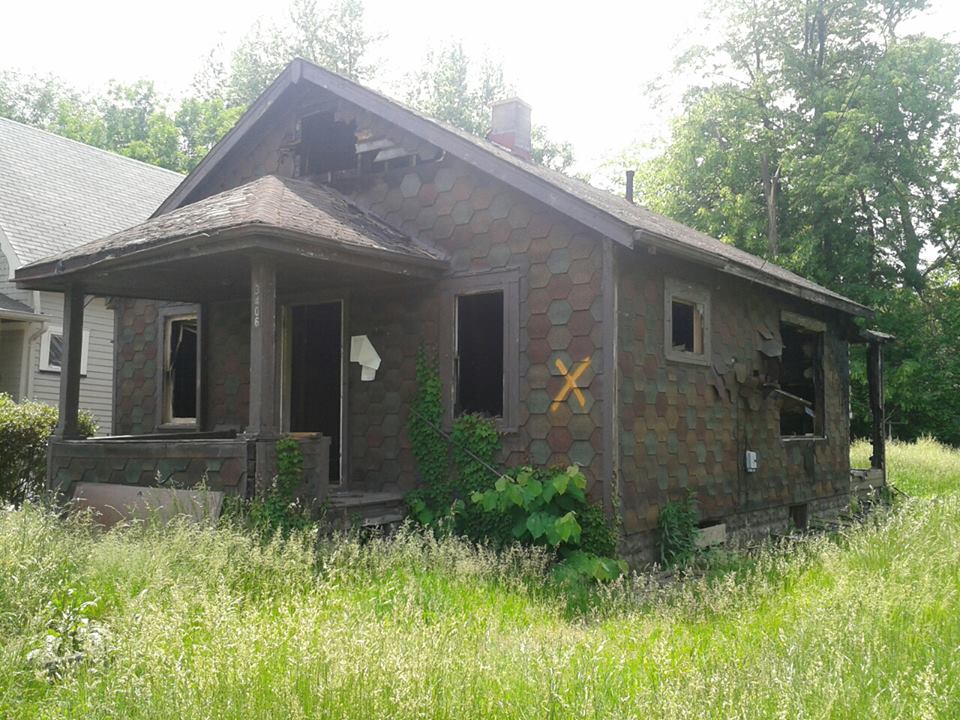
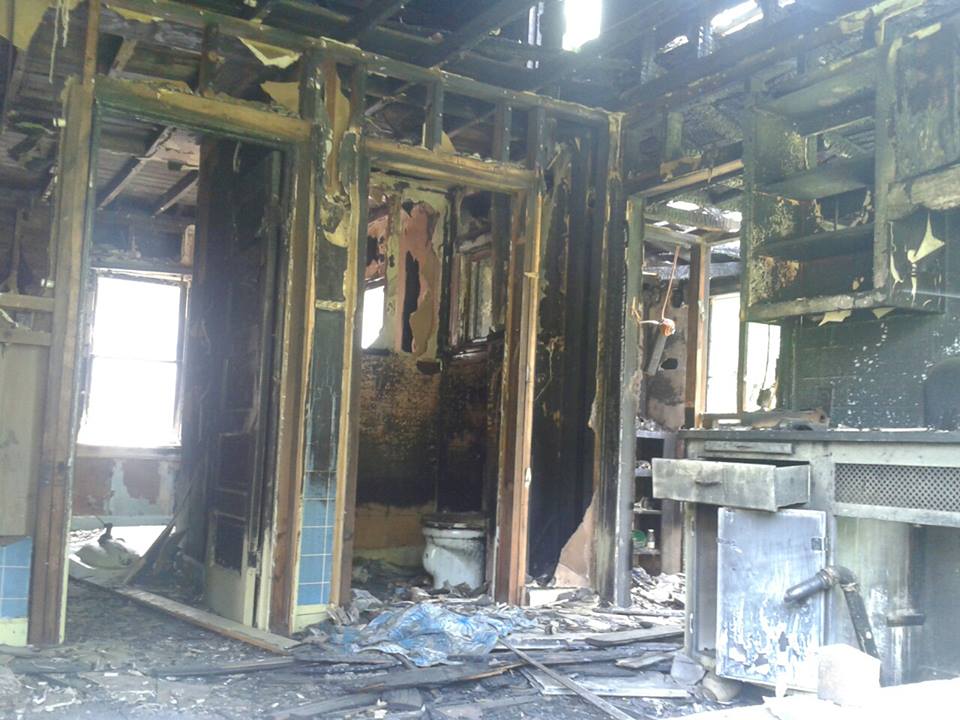
This is important as there are homes in hard hit neighborhoods with value left. We passed a beauty in Slavic Village that was literally surrounded by vacant properties (see below). The key is to preserve by removing that which erodes. The rub here is that cities don’t have the funds to keep up with the cost of demolition, and such culprits like flippers who trade houses like baseball cards are notoriously hard to judiciously serve. As such, it is those playing by the rules that are losing because the game has been rigged.
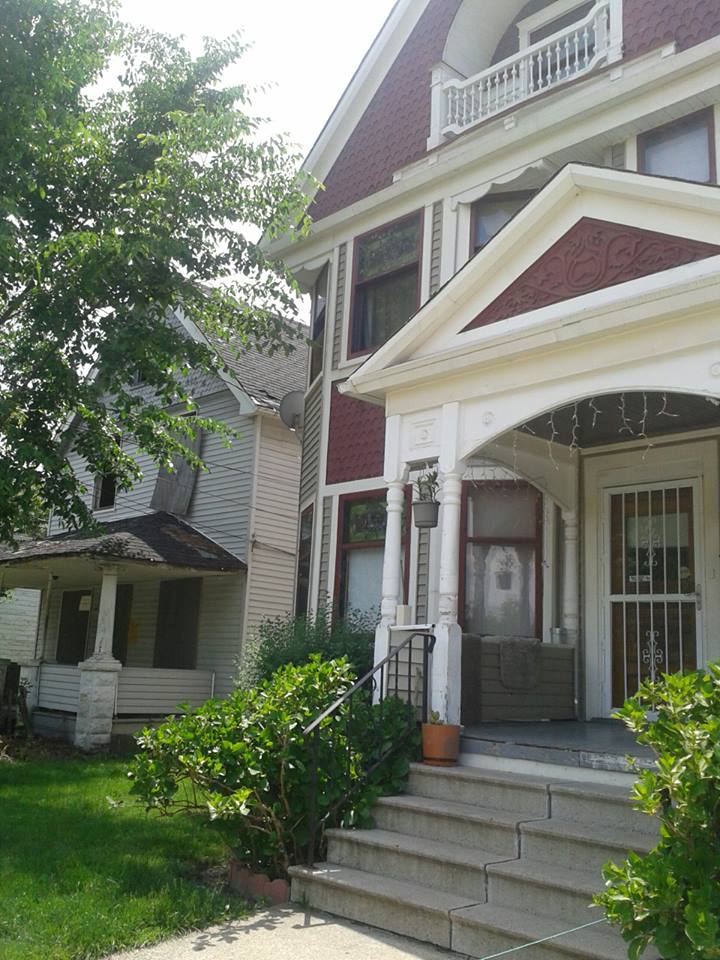
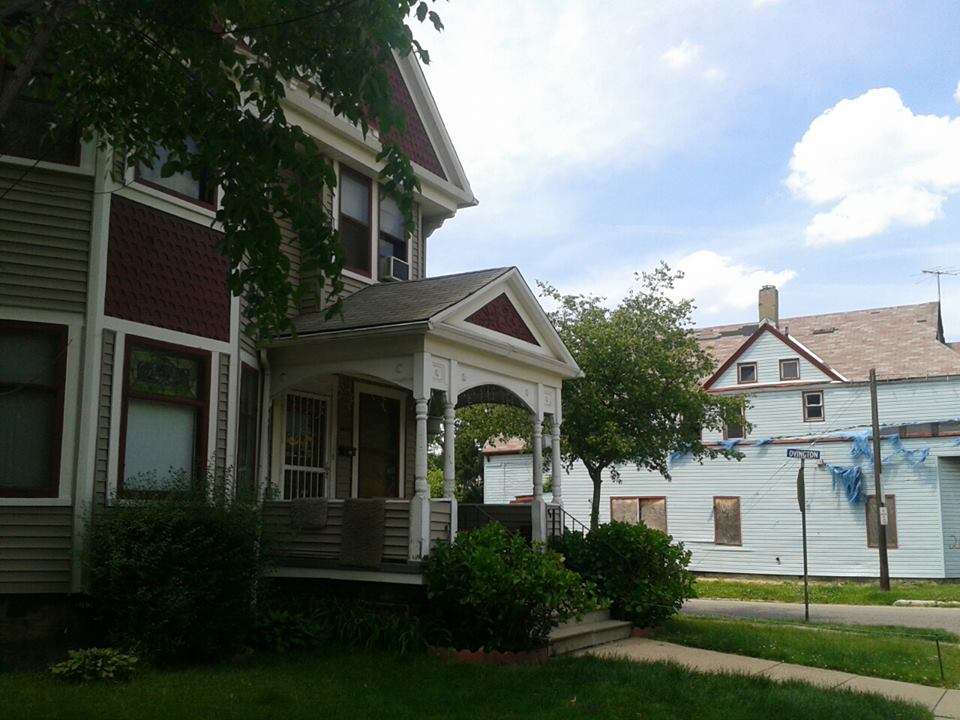
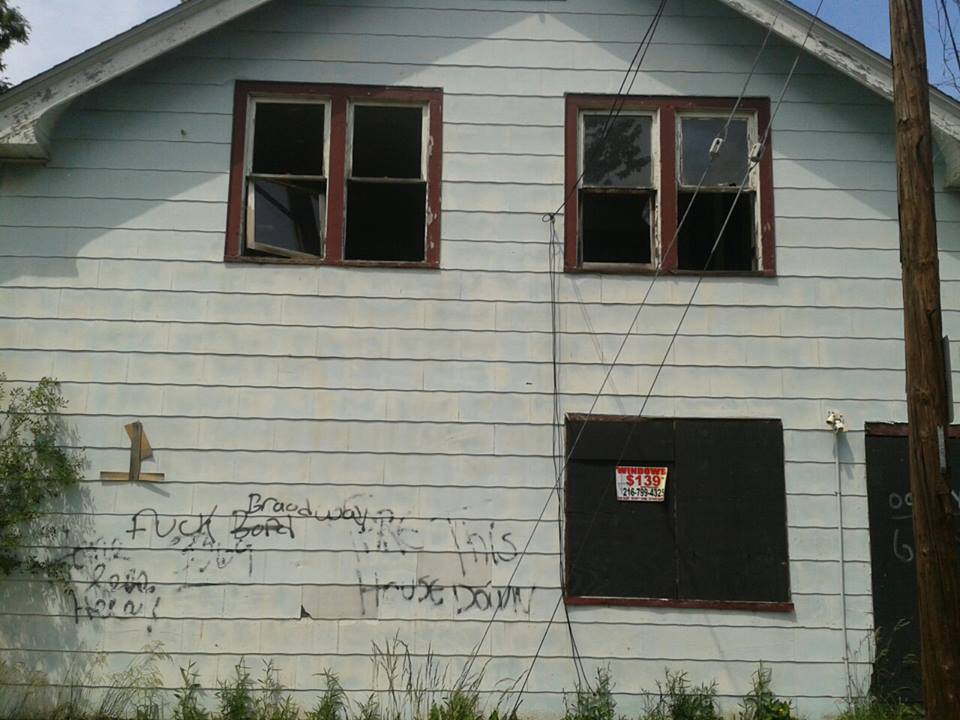
But, cautions Griswold, bulldozing zombie properties is a step, not a panacea. “The demolition of abandoned structures is a helpful and necessary step in lowering the magnitude of urban blight,” says Griswold, “but it is clearly not an answer to the problem — it’s just blight light.” Translation: removing abandonment does not in itself rebuild community, so demolition must be used surgically, like cutting out the cancer to preserve good flesh.

Slavic Village’s demographics have settled at 55 percent African-American and 41 percent Caucasian. The white population has actually been growing, due to young urban pioneers seeking cheap housing and “authentic urban experiences” (i.e., Polish bakeries) they can’t find in the suburbs. When Slavic Village Development built middle-income houses and townhouses on the site of a closed-down state mental institution, it managed to attract black and white buyers in equal numbers, by marketing to both races. Councilman [Tony]Brancatelli marketed his 4th of July fireworks show the same way: he hires a country singer and a funk band, thus drawing a salt-and-pepper crowd of blacks, elderly Poles, and tattooed white families. While waiting in line for free ice cream and hot dogs before the fireworks, I met a man who identified himself as “Bohemian, Hungarian, Polish, Czech and Slovenian,” which used to pass for diversity in Slavic Village. He believed his neighborhood’s worst years were over, now that the city was demolishing the legacies of the foreclosures.
Perhaps Slavic Village’s worst years are over. But this will only be the case if the nation’s leaders commit to community capital, rather than to the sluicegates of greed.
We have been down that road. It is littered with abandoned principles and vacant American dreams.
(Author note: The author is currently part of a study involving Jim Rokakis and headed by Nigel Griswold examining the economic effects of vacancy and demolition.)
Read it from the source.
